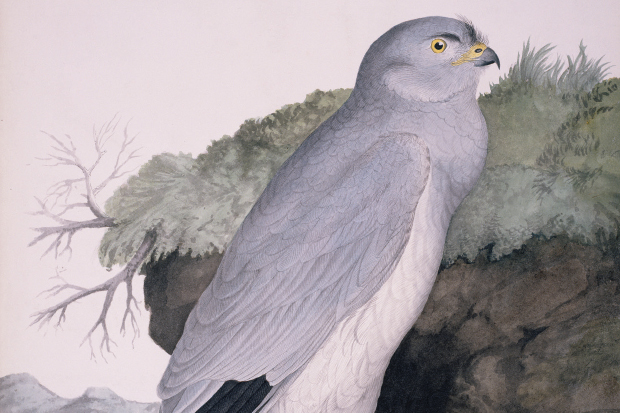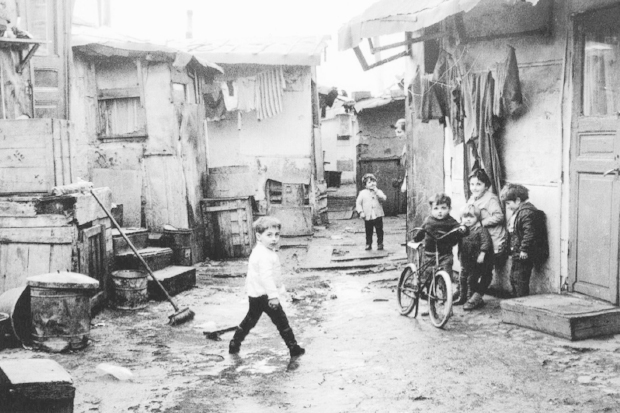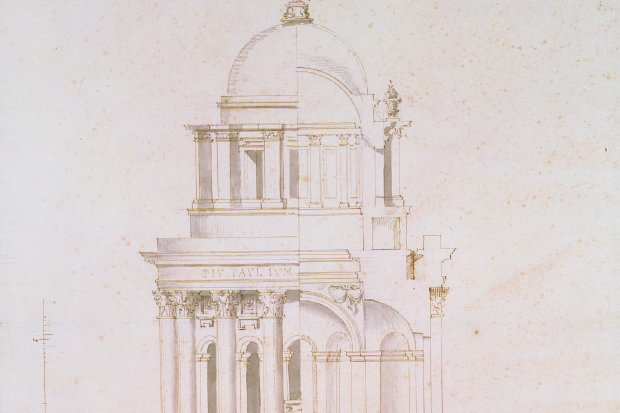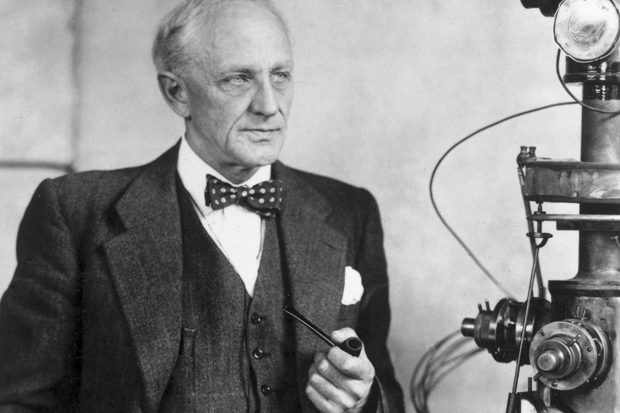The fewer birds there are, the more books about them, particularly of the literary kind. Helen MacDonald’s H is for Hawk swept all the prizes; and James Macdonald Lockhart has already won a £10,000 Royal Society of Literature Award for Non-Fiction to fund research for his debut. It is of the quest variety, recently popularised by William Fiennes, Horatio Clare, Mark Avery and others.
J.A. Baker, who wrote the one-hit Sixties wonder The Peregrine, is modern father of the genre.
Macdonald Lockhart describes his aim:
Fifteen birds of prey, 15 different landscapes. A journey in search of raptors, a journey through the birds and into their worlds. That is how I envisaged it. Beginning in the far north, in Orkney, and winding my way down to a river in Devon. A long journey south, clambering down this tall, spiny island, which is as vast and wondrous to me as any galaxy.
He is coy about his travel arrangements but seems mostly to have driven, then hiked and camped. Raptors have enjoyed a modest revival since the ban of certain insecticides, but by their nature they are scarce and extremely elusive. Of Pandionidae (osprey), Accipitridae (broad-winged harrier, eagle, buzzard, red kite) and Falconidae (peregrine, sparrowhawk etc.) only widespread buzzards, kestrels and kites are easily seen. ‘Most of the time out looking for the birds was spent not finding them,’ Macdonald Lockhart confesses. In the case of the wasp-grub-dependent summer migrant, the honey buzzard, he drew a complete blank; but then there are only 60 breeding pairs in the whole country. Even so, that is more than another summer migrant, the Montague’s harrier.
To redress this lack of material he has tacked on the north-south journey of his hero, the 19th-century Scottish naturalist and artist William MacGillivray (1796–1852), to his own. Never mind that MacGillivray followed a different route, entirely on foot, from Aberdeen to London, filling his pockets with plants, being a botanist and geologist as well as ornithologist. His supremacy as an ornithologist, author and illustrator of the pioneering and monumental five-volume History of British Birds makes him the ultimate guide for Macdonald Lockhart’s purposes: ‘He misses nothing in his description of the birds…. Sometimes I just want to hand everything… over to him.’
This he does, quoting MacGillivray’s scientific descriptions; plundering his journals and other sources to build a mini-biography which develops into a sub-quest to find his tombstone — which he eventually does, neglected and vandalised, in Edinburgh: symbol for him of MacGillivray’s current underestimation, although the Natural History Museum published a biography in 1993.
MacGillivray was raised by an uncle on a Harris farm. The laird’s factor did his damnedest to evict the uncle at the time of the clearances. Bounty schemes, vermin lists and clearances, says Macdonald Lockhart, affect birds — especially raptors — and people alike. This common lament is also a recurring theme. He appears innocent of Sir Iain Moncreiffe of that Ilk’s plea that he wished there was
a book on the lairds who did not clear, and why their glens are empty too: reminding us of the problems of the population explosion, and that the population of the crofting counties, even Sutherland, was greater after the clearances than before them.
The book divides, sometimes with confusing abruptness, between immediate action and adjacent subjects (MacGillivray to the fore) that arise from daydreaming repose. There are sorties into local words, Robert Macfarlane-style; much rich description of weather, bogs, seas; and though it is one bird per chapter, you can never be sure which one is going to turn up — as is the way with raptors. Sometimes the word-poems work: ‘I keep on disturbing them [lapwings] in the mist, dislodging the flock, watching it rise and settle again further up the field like a thrown sheet coming to rest over a bed.’ Sometimes not: ‘The burn’s slack elbows.’
Macdonald Lockhart mentions ‘the first time’ he fired a gun, but does not say whether he continued. However, on the contentious matter of hen harriers versus grouse, the cause of a continuing feud between the RSPB and the sporting fraternity, he is refreshingly sensible: ‘Management of grouse moors and protection of hen harriers should not… be incompatible.’
This book, like many, would have been improved by a good edit, its purple passages and factual insertions best taken a dip at a time. But there is much to like, with ornithological instruction leavened by general knowledge and travelogue to entertain a broad readership. Macdonald Lockhart is the great grandson of the naturalist writer Seton Gordon, author of such beguiling titles as The Charm of the Hills and Wanderings of a Naturalist. With affectionate acknowledgment he has placed himself in that tradition; and writes that if he ever undertook a biography of MacGillivray he would tell it through the great man’s botanical wanderings. He is half way there.
Got something to add? Join the discussion and comment below.
Get 10 issues for just $10
Subscribe to The Spectator Australia today for the next 10 magazine issues, plus full online access, for just $10.
Available from the Spectator Bookshop, £16.99 Tel: 08430 600033
You might disagree with half of it, but you’ll enjoy reading all of it. Try your first month for free, then just $2 a week for the remainder of your first year.














Comments
Don't miss out
Join the conversation with other Spectator Australia readers. Subscribe to leave a comment.
SUBSCRIBEAlready a subscriber? Log in